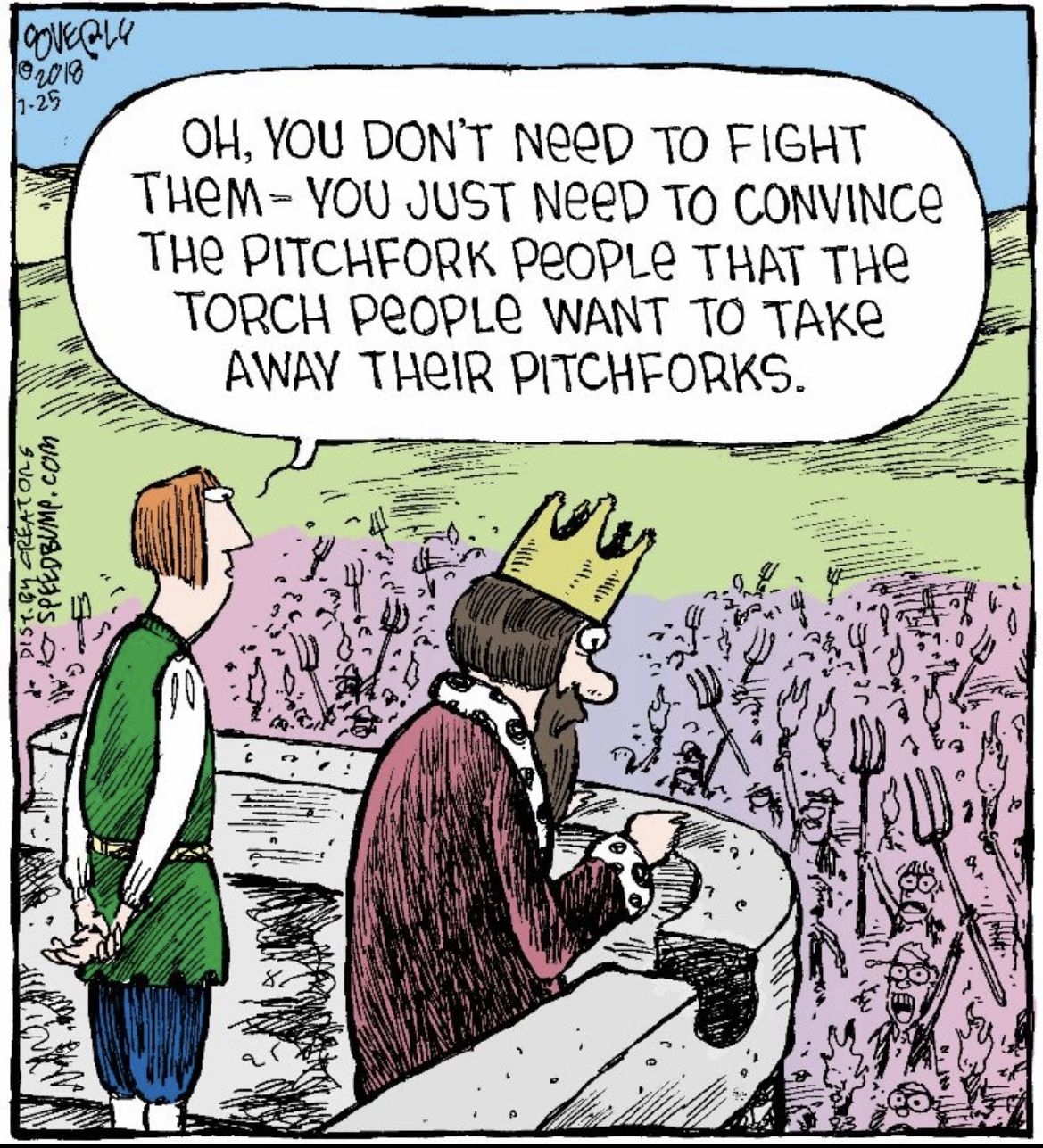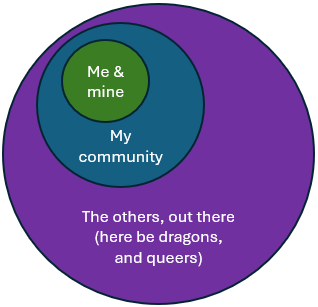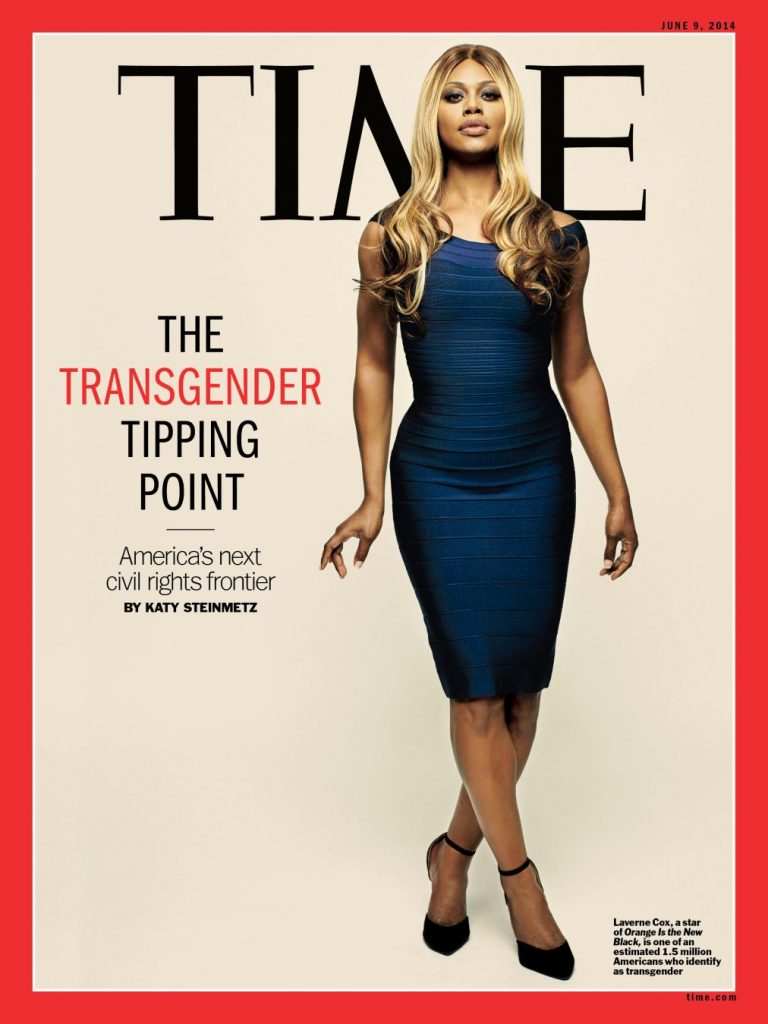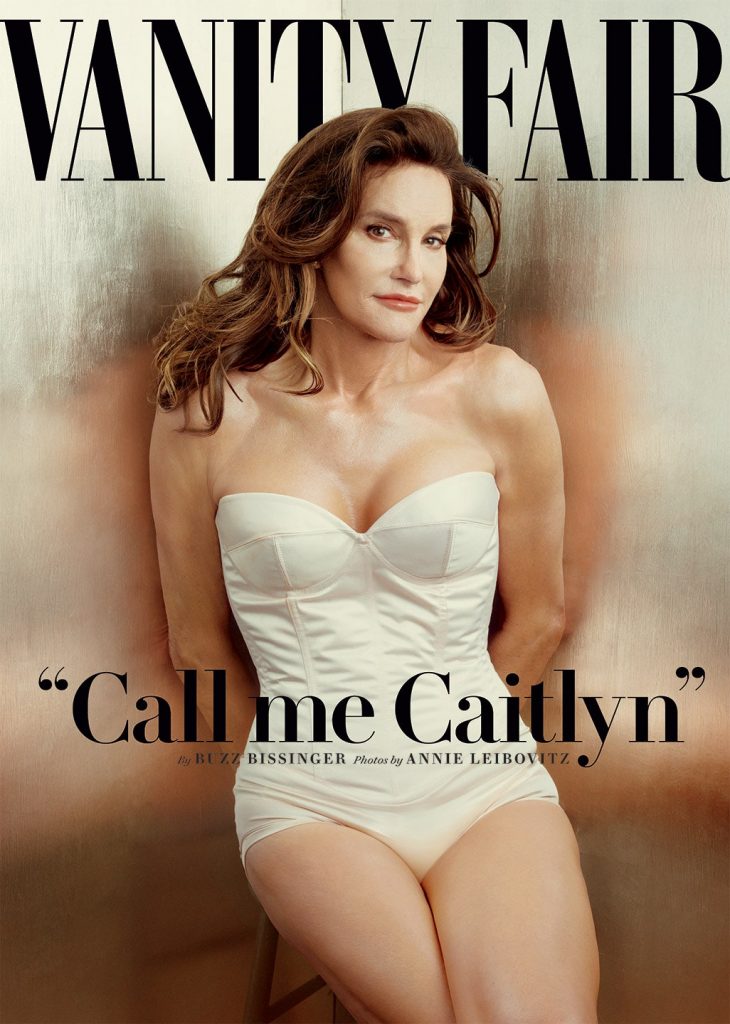Here Be Dragons – Transgender Visibility and “The Others, Out There”
Who are “The others, out there”? Do they breathe fire?
And what do they have to do with International Transgender Day of Visibility?
Content Warning – this post may contain satire.
It can’t have escaped your attention that trans, non-binary and gender-non-conforming people are everywhere now. You can barely move for them. Go anywhere and you see them. The pub? Can’t get to the bar for all the trans people. Restaurants? Can’t get a table because of all the trans people. Beacon Hill? Can’t see the view for all the trans people. They’ve taken over the BBC, they’ve taken over NASA (probably), and they won’t stop until they’ve turned all the kids trans and filled every bed in every women’s shelter. You’re not safe but, more importantly, neither are your children.
Okay, so maybe you don’t actually see them first hand. But you’ve heard about them. You’ve read about them. They’re not in your street, your town, or your school. But you’ve been assured they’re everywhere else. Trans people have never been more visible. But admittedly, you’ve no idea when you last saw one, or maybe even if you’ve ever actually seen one.
This Trans Day of Visibility, I started out by thinking maybe we’d like to be a bit less visible right now. But actually it’s not us that’s visible. It’s the spectre of us. The threat of us. The ever-present danger of us. Biggest threat to women? Trans people. Biggest threat to kids? Trans people. Biggest threat to your safety and security? Well, okay, refugees in small boats, but trans people aren’t far behind. For such a small part of the population, we really punch above our weight.
Or do we? Maybe the biggest threat to women is the ongoing gender inequality that pervades so many aspects of our society. From the effectiveness of drugs tested exclusively on men, to the safety systems in cars designed around the average man’s height and weight. That and the crumbling NHS which is increasingly leaving them suffering for months on waiting lists rather than providing them the treatments and operations they need, or leaving them extracting their own teeth rather providing them with NHS dentistry.
And maybe the biggest threat to children is growing inequality and a broken food system, leaving children under-nourished but over fed, and as a result shorter but more over-weight than their European counterparts. That and the crumbling NHS which is increasingly unable to treat the illnesses they’re being lumbered with from ages unheard of previously. Not to mention the climate crisis which threatens existential-level dangers in their lifetimes.
But these are big, scary, structural problems. And tackling them requires big, brave, structural solutions, which would upset the old structures still benefitting the few who run them. Better to find a bogeyman, or a bogeytrans, and shout the age-old rallying cry “They’re coming for your children!” to distract people from the real dangers. These tactics have been used for centuries and it doesn’t matter if you’re scapegoating people who are Jewish, Black, Gay, Working Class, Migrants, Trans or any other marginalised group. Pick a relatively small population with less power than you and use this time-honoured visceral message to get the mob to turn on them.

The method has two great advantages. Firstly you can turn marginalised groups against each other, so they spend all of their energy infighting, instead of fighting the people who oppress them. And secondly you can distract everyone else from looking at the real existential issues they face.
When the Irish “Yes” campaign were planning their strategy to get the public to vote for marriage equality, they sought the experience of campaigners in the US who had tried, and failed, to pass similar legislation in multiple states before finally starting to succeed. They explained that people see the world in 3 layers. “Me and mine”, “My community” and “The others, out there”.

Those with gay people in their lives, in their “Me and mine”, overwhelmingly supported marriage equality. Most others saw it as an issue for “The others, out there” so didn’t have very strong feelings either way though had a vague tendency towards “live and let live”. But when scaremongering campaigns told them marriage equality would somehow pose a threat to their children or their families, their “Me and mine”, it was a powerful way of creating opposition. A big part of the Irish campaign was therefore about demystifying and normalising gay people. In many cases gay couples going door to door not to make rhetorical, political arguments, but simply to show voters who had never knowingly met gay people before that they weren’t so different to them and certainly didn’t resemble the demonic forces they’d read about. Maybe not even so different from their “Me and mine” group.


Since the so-called “Transgender tipping point” in 2014-15, when Laverne Cox and Caitlyn Jenner graced the covers of Time and Vanity Fair respectively to worldwide fanfare, we have seen a huge and growing backlash against our community. Fears of the unknown are stoked and we joined asylum seekers and refugees as the demons-de-jour for the right-wing press and politicians. As with talk of the terror of “small boats”, such has been the success of the campaign that the political and media liberal left, who you might expect to oppose these views, has failed to do so. In some cases they even join in the attack in order to appeal to voters.
In the face of so much hostility I’ve never felt more like staying at home and hiding. But it’s never been more important for us to be out there, being visible. Showing the world that whether we “pass” as cisgender, or not, whether we look exactly like everyone else, or not, we’re not the demons some would have you believe. And maybe if you want to make the world better and kinder and safer for women and children and your “Me and mine” there, are things we can all work on together instead.
Look out for me arriving on your doorstep any day now 😉
Footnote
In the early days of global naval exploration, mapmakers would often place monsters and other imagined creatures to marked unexplored areas, like those seen in Ortelius’s 1570 Theatrum Orbis Terrarum map above.
For more on the ways in which women are structurally marginalised see Invisible Women, by Caroline Criado Perez.
International Transgender Day of Visibility is marked every March 31st, dedicated to celebrating transgender people and raising awareness of the discrimination they face worldwide, as well as a celebration of their contributions to society.
Featured map photograph from the United States Library of Congress.
King image by Dave Corley of speedbump.com
Equality, Diversity and Inclusion
Reflections, comments, discussion and opinion on EDI topics from Loughborough University staff and students